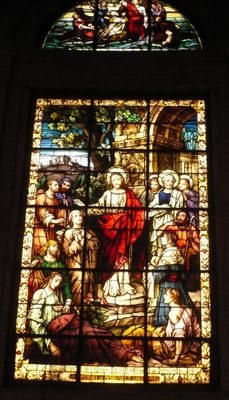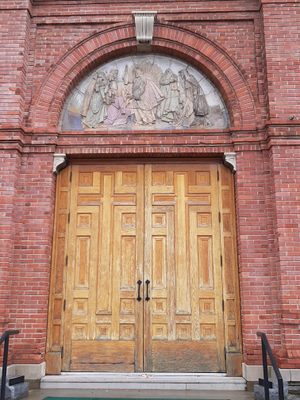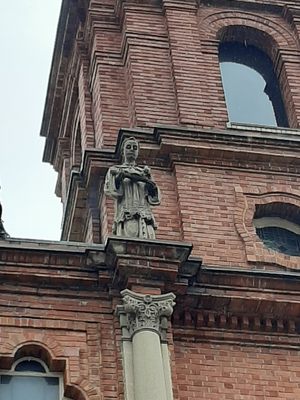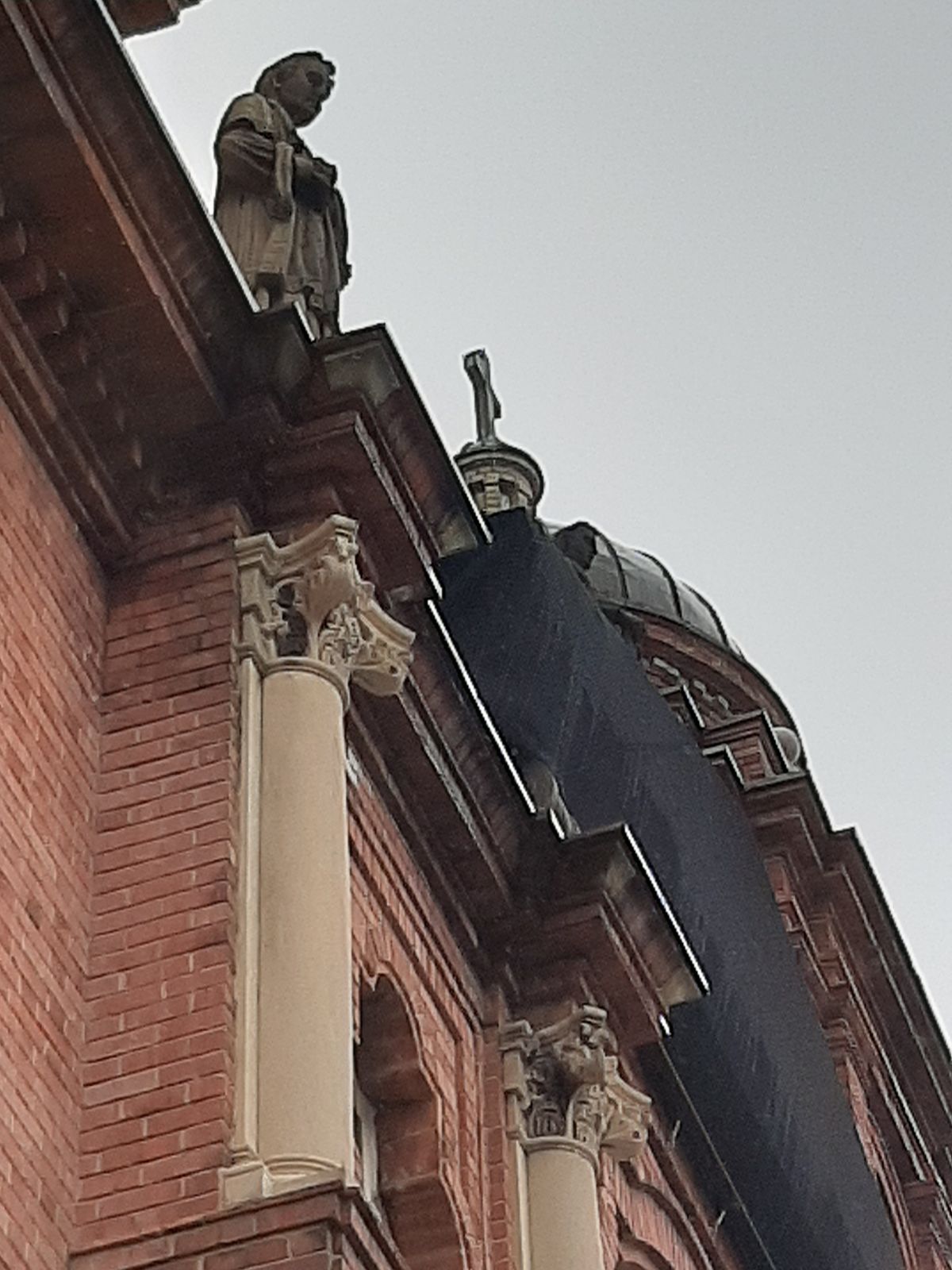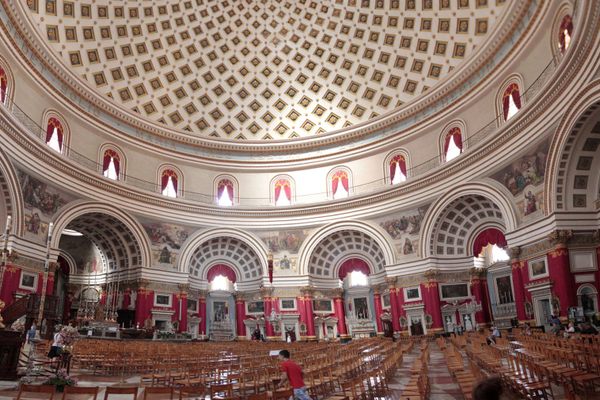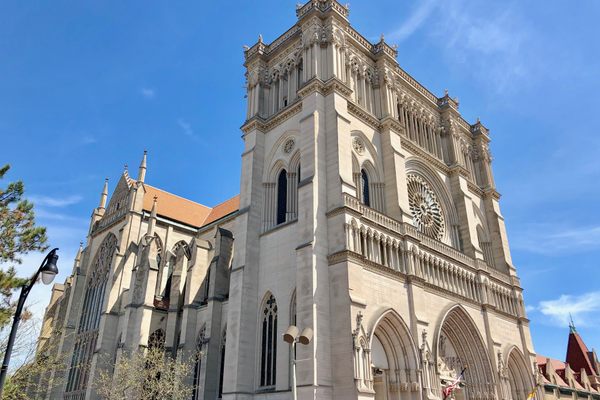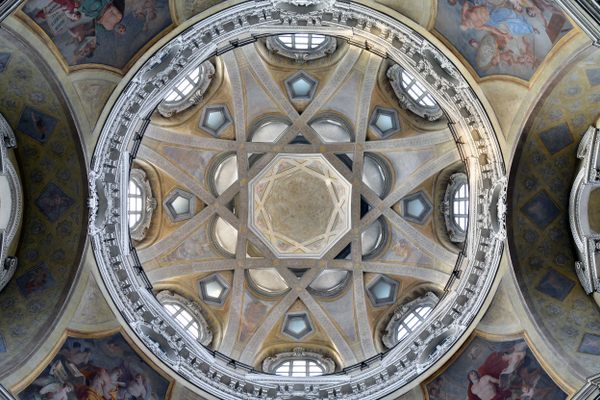About
The turn of the 20th century was a time of prosperity for Asheville, and the world-renowned architects and artists employed by wealthy residents like George W. Vanderbilt III left a lasting mark on the city.
One of the most distinctive landmarks from this time is the Basilica of Saint Lawrence, located in the heart of the historic district downtown. It was designed in 1905 by the Spanish architect Rafael Guastavino, who came to Asheville to work on Vanderbilt’s Biltmore Estate.
Guastavino fell in love with the area and decided to make the Blue Ridge Mountains home. He also decided that Asheville was in need of a grand Catholic church. With the help of the architect Richard Sharp Smith, who also worked on the Biltmore mansion, and funds raised by Catholics in the community, Guastavino built the architectural marvel that stands today. It is the only basilica in western North Carolina, topped with one of the largest freestanding elliptical domes in the United States.
The Basilica of Saint Lawrence is constructed in Guastavino’s signature Spanish Renaissance Revival style, an ancient building method from Catalonia that the Spanish architect revived and brought to America. It uses masonry materials such as stone, brick, tile, and mortar exclusively—there are no wooden beams or steel in the entire church foundation. Elements of Guastavino’s distinct style can be found in many famous landmarks, including Carnegie Hall, Grant’s Tomb, Grand Central Terminal, the U.S. Supreme Court building, the Boston Public Library, and the American Museum of Natural History.
With its unique exterior and massive dome spanning 58 feet by 82 feet, the Basilica of Saint Lawrence stands out from the surrounding buildings in downtown Asheville. But the interior is a hidden gem, teeming with religious art. Highlights include Italian-made statues, beautiful stained glass windows from Germany, and a frescoed high altar cut from Tennessee marble.
The church was opened in 1909, a year after Guastavino’s death. It was finished by his son, and Guastavino senior is interred in a crypt inside the church. The door of the crypt is another architectural marvel. Guastavino, Jr. covered the door with luster-glazed art tiles that he experimentally developed in his garage.
Nearly a century later, the significance of the work was given the ultimate recognition: It was dedicated as a basilica by the Pope in 1993.
Related Tags
Community Contributors
Added By
Edited By
Published
August 5, 2018






